Philadelphia 2022: The State of the City Report
- The Pew Charitable Trusts

- Jun 23, 2022
- 3 min read

Overview
Two years into the pandemic, Philadelphia is showing signs of an economic and public health recovery, yet some serious challenges remain.
As of April 2022, the city had recorded more than 300,000 COVID-19 cases and over 5,000 deaths since the virus was first detected in Philadelphia in March 2020. A decline in coronavirus cases in the early fall of 2021 had offered the promise of recovery—a prospect disrupted by a surge of new cases in late 2021 and early 2022. By February 2022, the city’s case numbers had declined sharply, although new surges in Europe and Asia around the same time added fresh uncertainty about the future trajectory of COVID-19 cases in Philadelphia.
Meanwhile, the city’s economy is showing positive signs. The unemployment rate dropped to 5.8% by December 2021, returning to the same rate the city had reported just before the pandemic. Although job growth is still variable by sector, the professional and technical sectors are rebounding to pre-pandemic employment levels. Delinquency in paying bills among Philadelphia’s small and midsize businesses steadily declined through 2021; though, at 7.1%, these late payments remain at their highest point since March 2020.
Despite the fact that the city’s population has been steadily increasing since 2007 and reached 1.6 million in 2020—a 5% increase since the 2010 census—its 2021 population dropped by 1.7% in one year, according to U.S. Census Bureau estimates. The decrease, which many U.S. counties and metro areas experienced, was attributed in part to migration loss as well as increased mortality intensified by the COVID-19 pandemic.
The pandemic interrupted a period of unprecedented growth for Philadelphia, but some harsher realities underlaid that success story. For example, before COVID-19, the city’s economy was expanding, with an impressive increase in total jobs. However, those employment gains were not equally distributed. Opportunities for city residents tended to be low-wage positions in low-paying sectors of the economy; as a result, wages for Philadelphians working in the city declined by 5% over almost a decade. The loss of jobs from the pandemic, concentrated in lower-wage sectors such as the retail and leisure and hospitality sectors, had a disproportionate impact on city workers in those positions—especially Black and female workers.
And in recent months, safety remained a major concern for Philadelphians, threatening all aspects of Philadelphia’s return to pre-pandemic life. In a 2022 poll by The Pew Charitable Trusts, 70% of residents cited the combination of crime, drugs, and public safety as the biggest issue facing the city. At the center of this challenge is gun violence, which rose throughout the country in 2021, with Philadelphia alone reporting 2,326 shootings that year. Despite a slight decrease in total violent crime in the city, gun violence soared—including a 28% increase in robberies with a firearm in the past year.
In addition, the number of homicides in Philadelphia has been rising each year for the past eight years; in 2021, it reached 562, a historic high—and more than double the number recorded in 2013.
At the same time, Philadelphia has also been among the cities hardest hit by the nation’s opioid problem. In 2019, the city recorded 1,150 deaths from drug overdoses. That figure rose to 1,214 in 2020 and reached an estimated 1,250 in 2021. In recent years, more than 4 in 5 of these deaths involved fentanyl, the deadly synthetic opioid that has spread past the heroin market into other illegal drugs such as cocaine and methamphetamine. And, notably, 68% of Hispanic residents, compared with half of Black residents and White residents, indicated in a 2022 Pew poll that opioid use is having a negative impact on their neighborhoods.
Despite temporary financial relief through the federal government’s American Rescue Plan Act, the COVID-19 pandemic has caused uncertainty over how Philadelphia will fund itself in coming years. The city’s economic recovery demands a local government response, which requires secure fiscal footing. Yet Philadelphia’s government is projecting that 15% of commuters will never return to working in the city, creating a long-term impact on city revenue, particularly the wage tax, which has typically generated almost half of Philadelphia’s local tax revenue. And receipts from other levies, including business and consumption taxes, have also declined since March 2020, adding to the city’s financial challenge.
To set a course for Philadelphia beyond the pandemic, its leaders must navigate several complex issues—chief among them adjusting to a changing economic landscape while leaving sufficient funds to provide needed services in a high-poverty city. But just as important to the city’s future will be its leaders’ ability to help support a business recovery that provides jobs and career prospects for all residents while also addressing the twin specters of increased gun violence and high drug overdose death rates.




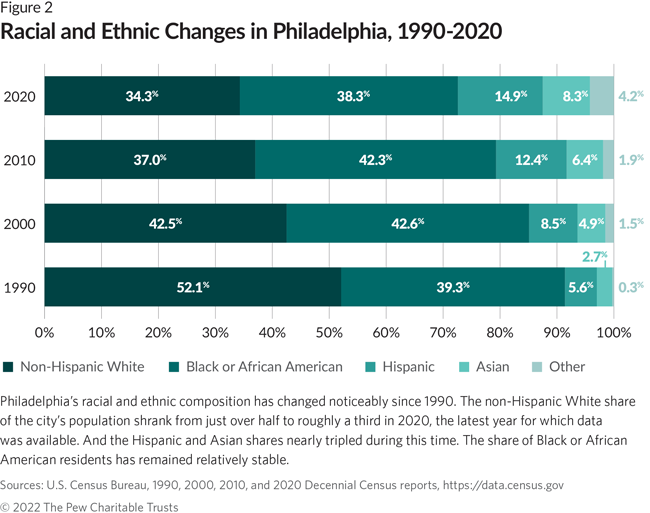





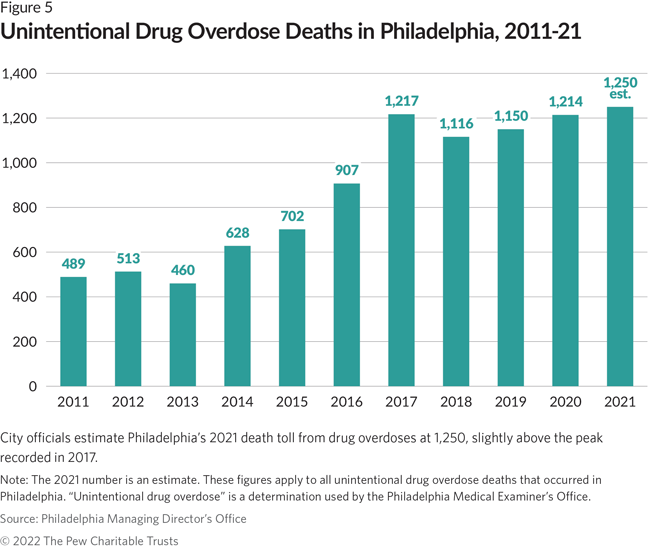

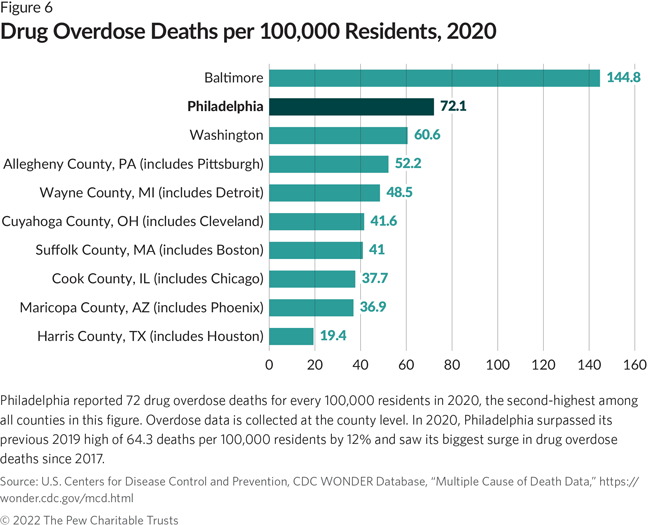







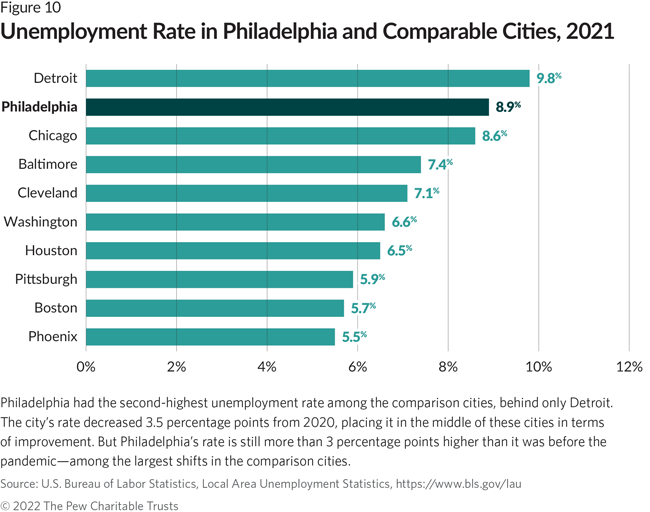

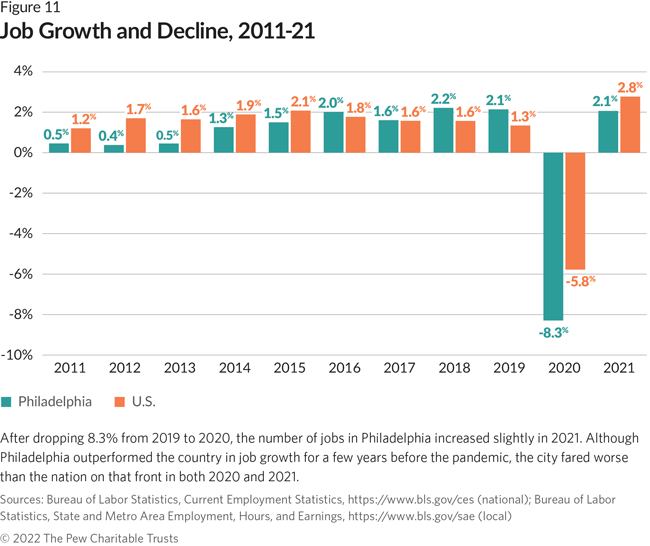











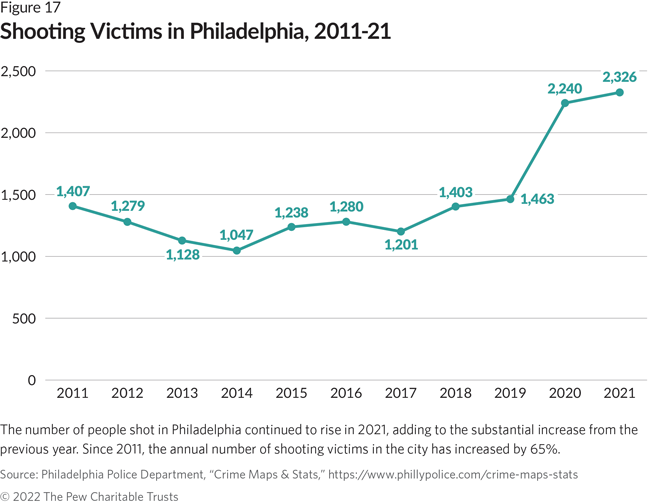




Comments